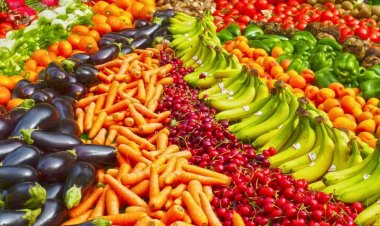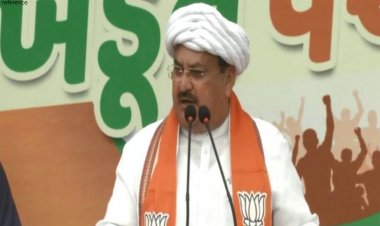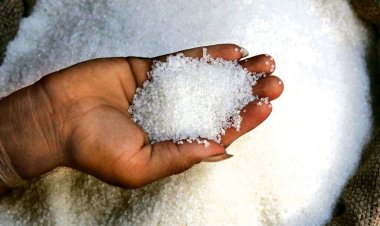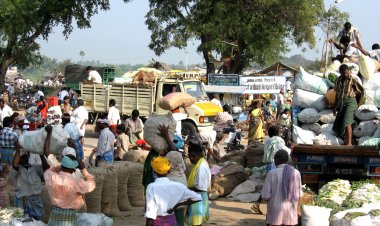Inflation: Pain points for households, existential risk for small businesses, farmers
What baffles us is this: the industry is not able to produce because of demand contraction. The manufacturing sector hardly grew by 0.9 per cent in March (the latest data), but the same sector is witnessing a price rise upward of 10 per cent. Traditional economic wisdom tells us that when demand contracts, inflation falls. The two of them move in the same direction. But what we see now is that the two metrics are moving in opposite directions.
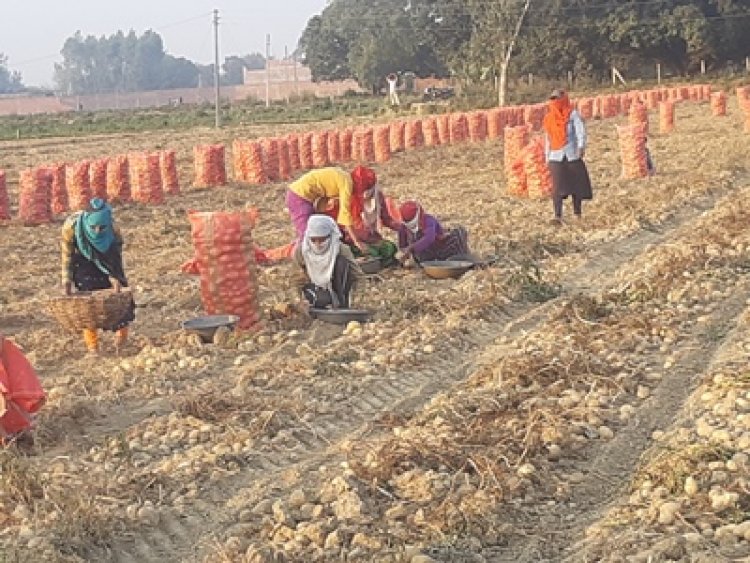
Forget about records, whether it is a decadal high or higher; the harsh fact is that inflation has become unbearable for a vast majority of people. Ample reasons — the Ukraine-Russia war, disruptions in the global supply chain because of tough lockdowns in major producing countries like China, etc. — are being parroted for a sharp rise in prices of almost everything that we all need day in and day out.
The government statement on the inflation data of 15.08 per cent for April 2022, based on the wholesale prices, clearly indicates how widespread the spiral is. Of the total 22 groups of commodities, 18 have shown an increase — up to 38.66 per cent for fuel and power and 10.85 per cent for manufactured products, among other segments.
For a better understanding, the inflation calculated on the basis of the Wholesale Price Index (WPI) largely reflects manufacturers' prices. On the other hand, the retail inflation — currently at about eight per cent — based on the Consumer Price Index (CPI) mostly captures food and other items of consumption of the common man and woman. Both these sets of inflation data are showing severe pain points.
What baffles us is this: the industry is not able to produce because of demand contraction. The manufacturing sector hardly grew by 0.9 per cent in March (the latest data), but the same sector is witnessing a price rise upward of 10 per cent. Traditional economic wisdom tells us that when demand contracts, inflation falls. The two of them move in the same direction. But what we see now is that the two metrics are moving in opposite directions. It is going to be a big challenge for the policymakers, including the Reserve Bank of India, which pumped up so much money into the system: withdrawing the excess liquidity without a nasty jerk is a major issue.
The impact is also being seen by small businesses. The big ones nicely milked the frenzy in the stock market for about 18 months from the latter half of 2020 until the recent crash, but the informal sector comprising small shopkeepers, small manufacturers of household products and the vegetable vendors, continues to face an existential crisis. The opening of the economy after 'stop-start' lockdowns did raise hopes for these businesses, but inflation is striking them hard.
A tweet by eminent economist Kaushik Basu captures their predicament correctly: “India’s wholesale inflation crossed 15% — highest in 25 years. With retail inflation lower, India is at a Phillips Curve turning point with 2 risks: either small businesses will close & unemployment rise or retail inflation will rise. All policy focus should be on navigating these.”
What the Professor of Economics at Cornell University and former Chief Economist of the World Bank said should resonate in the NITI Aayog and the Prime Minister's Economic Advisory Council. Bureaucrats in the ministries of consumer affairs, agriculture, finance and commerce would also gain provided they are ready to listen to Basu without any prejudice.
Basu did focus on the small businesses, but even he missed a point about the distress that inflation is causing to the rural economy. Paddy has to be sown next month in Punjab, Haryana and other states, but with extraordinary temperatures touching almost 50 degrees Celsius, there is a huge amount of uncertainty facing the farmers. They had to get their way around the Bhagwant Mann Government in Punjab about the sowing schedule of the ensuing paddy season. We can only hope that the monsoon hits the northern states by the second week of June.
Then, there are problems of fertilizer scarcity and high prices and the high cost of pumping up the groundwater because of diesel on fire. Wheat production has been hit by excessive temperature in the second half of March. Yes, the global increase in wheat prices did help farmers get better realization in the open market without shouting for the government’s Minimum Support Price (MSP) of Rs 2,015 a quintal.
It is quite convenient for the government to apportion the blame on the geopolitical situation, but it is also a beneficiary of the increase in retail prices. Since the Goods and Services Tax (GST), most of which falls in the 18 per cent category, is levied ad valorem, the higher the retail price, the more the tax realization. Part of the credit for the record GST collection of Rs 1.68 lakh crore in April goes to inflation. The extra collection in GST and other indirect ad valorem taxes should be transmitted back to consumers by way of a cut in taxes. It would not only provide some relief to hapless consumers but also lead to a positive spiral. Yes, spirals can be positive as well.
(Prakash Chawla is a New Delhi-based independent journalist.)



 Join the RuralVoice whatsapp group
Join the RuralVoice whatsapp group

















